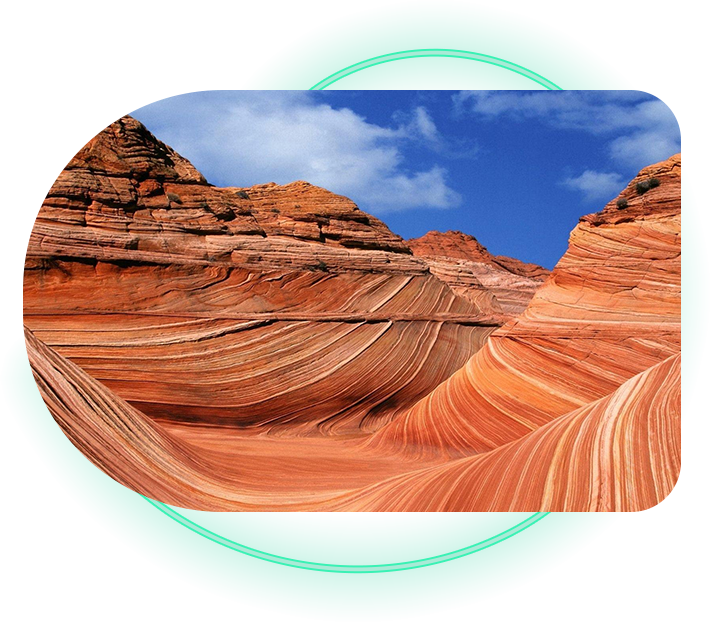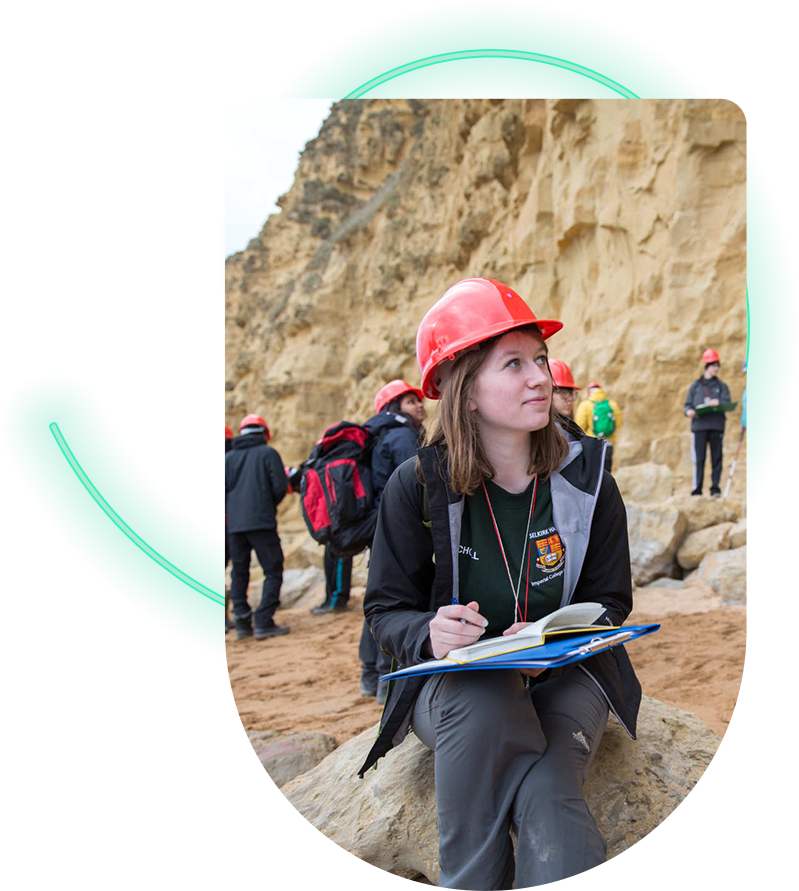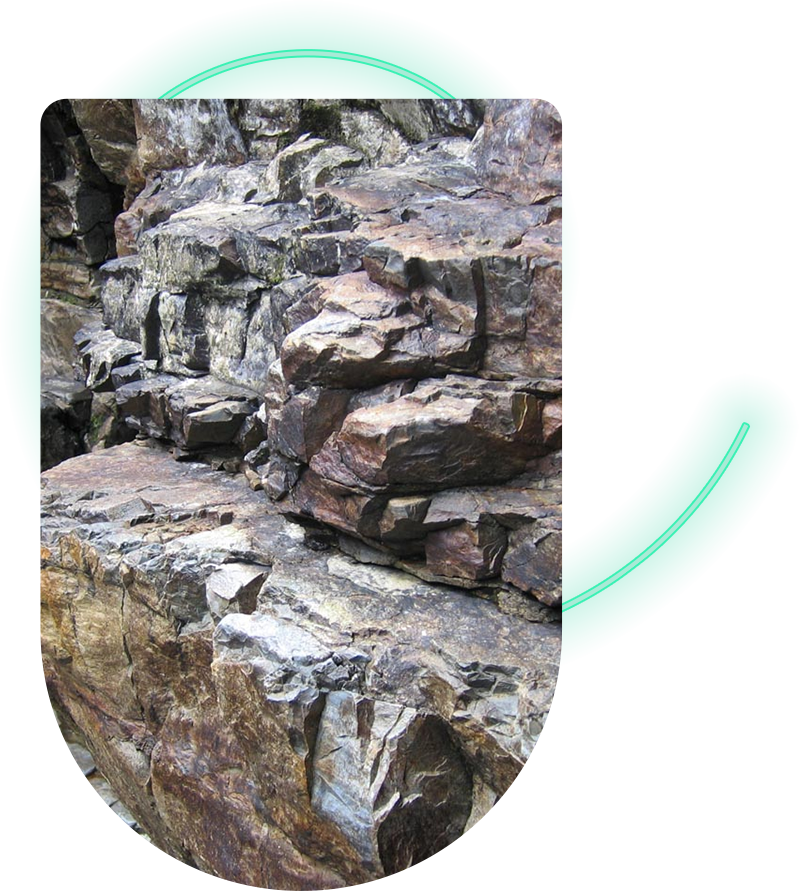Favorite CollLection Triceratops Real Figure Keyring
$11.95

Geo, derived from gaia – Greek, meaning “Earth”
logy, derived from lego – Greek, meaning “to know”
I was asked by our web-designer to write some interesting information on the subject of geology, and to keep it brief… but how do you keep something brief that touches everyone so much in every way, every day?
Geology is the science of the Earth. Geology leads us to understand how the Earth was formed and why it looks and acts like it does. The science of geology includes the study of volcanism, plate tectonics, intrusions, mountain building, earthquakes, ridges, tides, ocean cycles, erosion, sedimentation, glaciation, impacts, mining, mineralogy, petrology, hydrology, astronomy, paleontology, and many other disciplines.
The science of geology looks for the processes that create, form, and destroy the Earth. Without geology, the other sciences of chemistry and physics would be impossible; and biology, which has its roots in paleontology, would be difficult to comprehend. In other words, geology is the mother of nearly all sciences.

Each discipline of geology utilizes a separate, yet intertwining subject, which helps us further add to the knowledge of the Earth. Comprehending these disciplines makes geology understandable, even to the average person. For instance, the recognition of individual fossil species that the science of paleontology provides, enables other scientists to separate large homogeneous, sedimentary deposits into smaller, distinct units.
Without geology, it would be impossible to determine when and how any prehistoric organism lived or died. It would seem that the presence of fossils within the Earth’s crust would be mystical, and, as in the dark ages, wrong interpretations as to their origins could be made. Geology helps people realize what our world was like in the past, and how it has changed through time.
Geology lets us live in a modern world. The mining of minerals enables us to have an infinite number and variety of pleasures and possessions from cars to computers, ceramics, silverware, roads, floors and weapons… to mention just a few. Geology also affords the billions of people on this planet the ability to live comfortably from energy and the use of electricity generated via hydroelectric, fossil fuel and nuclear power. Even the manufacture of plastics would be impossible without the use of fossil fuels that come from the earth! Indeed, the development of a country’s geological resources directly affects its economic growth.
Geology keeps the world turning and makes it a habitable place to live. The unique geology of the Earth makes it possible for all of us – indeed, any of us, to live here!

The Earth is made up of three rock types – Igneous, Metamorphic, and Sedimentary.
Igneous rocks get their name from the Latin word “ignis”, which means fire. They are indeed born from fire or from the magma of the Earth. Igneous rocks have been pushed, thrust, and oozed to the surface. They are mostly siliceous rich, rocks that formed by the crystallization of minerals and/or the solidification of glass (volcanic). Some examples of igneous rocks are, granite, gabbros, rhyolite, basalt, obsidian, and tuff.
Metamorphic rocks get their name from the Greek words “meta” meaning change, and “morpho” meaning form. The two processes that form metamorphic rocks are chemical recrystallization and mechanical deformation as a result of heat pressure – or both. When pressure & temperatures are high enough, such as during mountain building (orogeny), the sediments can be changed into shists, slates, phyllites and gneiss. Metamorphic rocks tell us much about the history and development of the Earth’s crust. Study of metamorphic rocks enables us to analyze changes that occurred, step-by-step, and understand more about the processes that caused them.
Sedimentary rocks get their name from the Latin word “sedimentum” which means a settling. Sedimentary rocks are formed by the natural weathering and redistribution of bits and pieces of rock, with a mixture of dead and decaying organisms thrown in for cement and ballast. It is from sedimentary rocks that we retrieve more than ninety-nine percent of all fossils. In many sedimentary deposits, such as limestone, fossils are often the major constituent.
Sedimentary rocks not only tell stories about the fossils they contain. They also tell the story of how they were laid down. Sedimentary rocks can tell us if there was an ocean or a river; the direction of the current or the direction of the wind; if a glacier or a flood transported the boulders; and even if a volcano or a dust storm buried something. These rocks are the paragraphs, pages, chapters, and in the big picture – the book of the Earth.